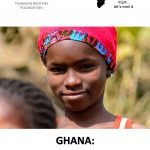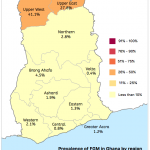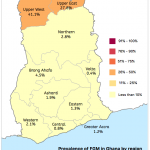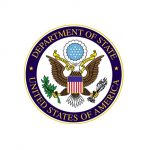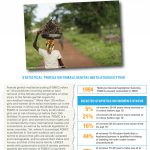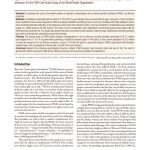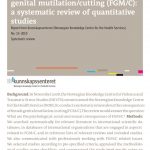Ghana

- Australia
- Benin
- Brunei
- Burkina Faso
- Cameroon
- Canada
- Central African Republic
- Chad
- Colombia
- Côte d’Ivoire (Ivory Coast)
- Denmark
- Djibouti
- Egypt
- Eritrea
- Ethiopia
- France
- Germany
- Ghana
- Guinea
- Guinea-Bissau
- Indonesia
- India
- Iran
- Iraq
- Ireland
- Jordan
- Kenya
- Kuwait
- Liberia
- Malawi
- Malaysia
- Mali
- Malta
- Mauritania
- Mexico
- Niger
- Nigeria
- Oman
- Pakistan
- Peru
- Portugal
- Russia
- Saudi Arabia
- Senegal
- Sierra Leone
- Singapore
- Somalia
- Somaliland
- South Sudan
- Spain
- Sudan
- Sweden
- Switzerland
- Tanzania
- Thailand
- The Gambia
- The Maldives
- Togo
- Uganda
- United Arab Emirates
- United Kingdom
- United States of America
- Yemen
- Zambia
- Zimbabwe
Population
29.62 million
Estimated prevalence among girls and women aged 15-49
4%
2018 population growth rate
2.18%
Estimated prevalence among girls and women aged 15-19
1.4%
Type practised
The most widely practised form of female genital cutting (FGC) in Ghana is Type II.
Source: UNICEF, based on MICS 2011, PRB 2014
Age
Girls in Ghana usually undergo FGC before the age of five.
Source: 28 Too Many
Agent
FGC in Ghana is predominantly performed by traditional practitioners (84%).
Source: 28 Too Many
Legal status
FGC is illegal in Ghana and has been since 1994.
National progress
- 1960 – Criminal and Other Offences Act includes section on FGC
- 1994 – Criminal Code (Amendment) Act specifically criminalising FGC
- 1997 – FGC incorporated into public school health curriculum
- 2007 – FGC law strengthened, increasing the sentence for practising to 10 years and widening the range of roles that can be prosecuted
- 2017 – Minister for Gender and Social Protection Otiko Afisa-Djaba restated Government’s commitment to ensuring those involved in FGC face the law
Enforcement
There is limited information on the number of FGC cases brought to court in recent years or any prosecutions that have resulted. It is unknown, therefore, to what extent law enforcement is proving successful, despite strong support from the Ghanaian government to end FGC.
Legislation also needs tightening to criminalise cross-border FGC, which is reportedly on the rise.
Human Development Index ranking
140 in 2018 index, based on 2017 data.
Infant mortality rate
35.2 deaths per 1,000 live births (2017 estimate).
Source: CIA World Factbook
Maternal mortality rate
319 deaths per 100,000 live births (2015 estimate).
Source: CIA World Factbook
Trends in FGC prevalence
The prevalence of FGC in Ghana is recorded as decreasing steadily. 6% of 45-49 year old women have been cut compared to 2% of 15-19 year olds.
As awareness of the law has increased, there have been reports that some Ghanaian families travel to the nearby Ivory Coast, Togo and Burkina Faso for their girls to be cut. It is also reported that girls in Ghana are being cut at a younger age, when they are unable to resist or report it. Caution should therefore be exercised regarding recorded prevalence rates.
Prevalence breakdown
Among younger women in Ghana, there is a trend towards lower prevalence. The overall prevalence rate is fairly static, however prevalence for women aged 45-49 is 6.4% whereas the figure for girls aged 15-19 is under 2%.
By region
FGC is most prevalent in northern parts of Ghana where it has a longer history. The main challenges remain in the Upper West region, which has a prevalence rate of 41.1% (women aged 15-49), and in the Upper East where it is 27.8%.
In the southern parts of the country, FGC tends to occur as a result of practising communities moving to the region, particularly from northern Ghana or neighbouring countries.
Source: MICS 2011
By ethnicity/religion
The Kusasis, Frafras, Kassenas, Nankanis, Busangas, Wallas, Dagarbas, Builsas and Sisalas ethnic groups all practice FGC.
Source: MICS 2011

